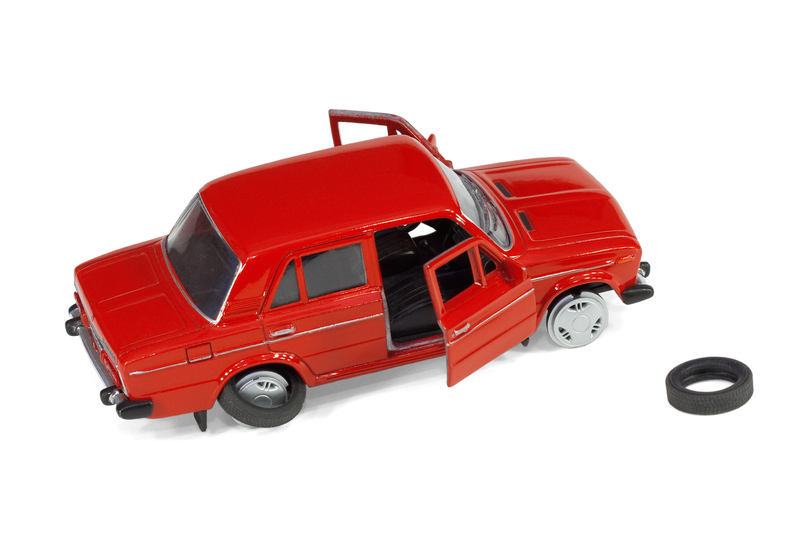Initiate Recycling Paper with These Easy Steps
Posted on 17/04/2025
Recycling paper is not only a simple act, but also one that considerably impacts our environment. Recycling helps to reduce deforestation, save water, and decrease pollution. This article delves into the reasons for recycling paper and provides a step-by-step guide to initiate paper recycling in your home or office.
Why Recycle Paper?
Understanding the importance of paper recycling is the first step toward adopting this eco-friendly habit. The Environmental Protection Agency (EPA) estimates that recycling one ton of paper can save about 17 trees, 7,000 gallons of water, and 3.3 cubic yards of landfill space. These significant environmental benefits enhance sustainability, conserve natural resources, and contribute to the fight against climate change.

Types of Paper You Can Recycle
Before you dive into recycling, it's crucial to know the types of paper that are recyclable. Examples include:
- Office Paper: Printer paper, envelopes, and notepads.
- Newspaper: Old newspapers and inserts.
- Cardboard: Corrugated boxes and packing material.
- Magazines and Catalogs: Glossy magazines and catalogs.
Paper products contaminated with food, grease, or hazardous waste should not be recycled as they can disrupt the recycling process.
Step-by-Step Guide to Recycling Paper
Step 1: Gather Your Materials
Start by collecting all the paper items that you wish to recycle. Ensure that they are clean and free from any contaminants. Designate a box or a bin specifically for paper recycling to help you stay organized.
Step 2: Separate and Sort
Sorting your paper can enhance the efficiency of the recycling process. Separate paper by type--newspapers, office paper, and cardboard--because each type may have different recycling requirements and processes.
Step 3: Remove Contaminants
Make sure to remove staples, paper clips, and any sticky residue from the paper items. These contaminants can cause issues during the recycling process, leading to lower quality recycled paper.
Step 4: Flatten and Compress
Flatten large cardboard boxes to save space in your recycling bin. Compressing paper items also makes it easier to store and transport them to a recycling facility.
Step 5: Utilize Local Recycling Programs
Check your local community or municipal recycling programs to understand the specific guidelines they have in place for paper recycling. Many communities offer curbside pickup or have designated drop-off centers for paper recycling.
Finding a Recycling Facility
If your community does not offer curbside recycling, you'll need to find a nearby recycling facility. A quick internet search should provide you with locations of recycling centers in your area. Programs like Earth911 and the Recycling Locator can also help you find facilities by simply entering your zip code.
Benefits of Paper Recycling
Understanding the benefits of paper recycling can further motivate you to adopt this eco-friendly habit:
- Reduces Waste: Recycling paper reduces the amount of waste that ends up in landfills, prolonging their lifespan.
- Conserves Resources: It saves trees, reduces the demand for new raw materials, and conserves water and energy resources.
- Less Pollution: Recycling paper reduces greenhouse gas emissions and pollutants from manufacturing processes.
- Economic Benefits: Recycling creates jobs in the collection, sorting, and processing sectors.

Implementing Paper Recycling in the Workplace
Businesses and organizations can play a pivotal role in recycling paper. Here are a few tips:
- Set Up Recycling Bins: Place clearly labeled bins in accessible areas to encourage employees to recycle paper.
- Educate Employees: Offer training sessions or workshops to educate staff about the benefits and methods of paper recycling.
- Create a Green Team: Form a dedicated group of employees to oversee the recycling program and champion sustainability efforts.
- Track Progress: Monitor the amount of paper being recycled and celebrate milestones to keep employees motivated.
Conclusion
Initiating a paper recycling habit is an easy yet impactful way to contribute to environmental sustainability. By understanding the benefits and following a few simple steps, you can make a significant difference. Whether at home or in the workplace, every little effort counts. Start recycling today, and join the global effort to protect our planet.




 020 3743 9508
020 3743 9508


